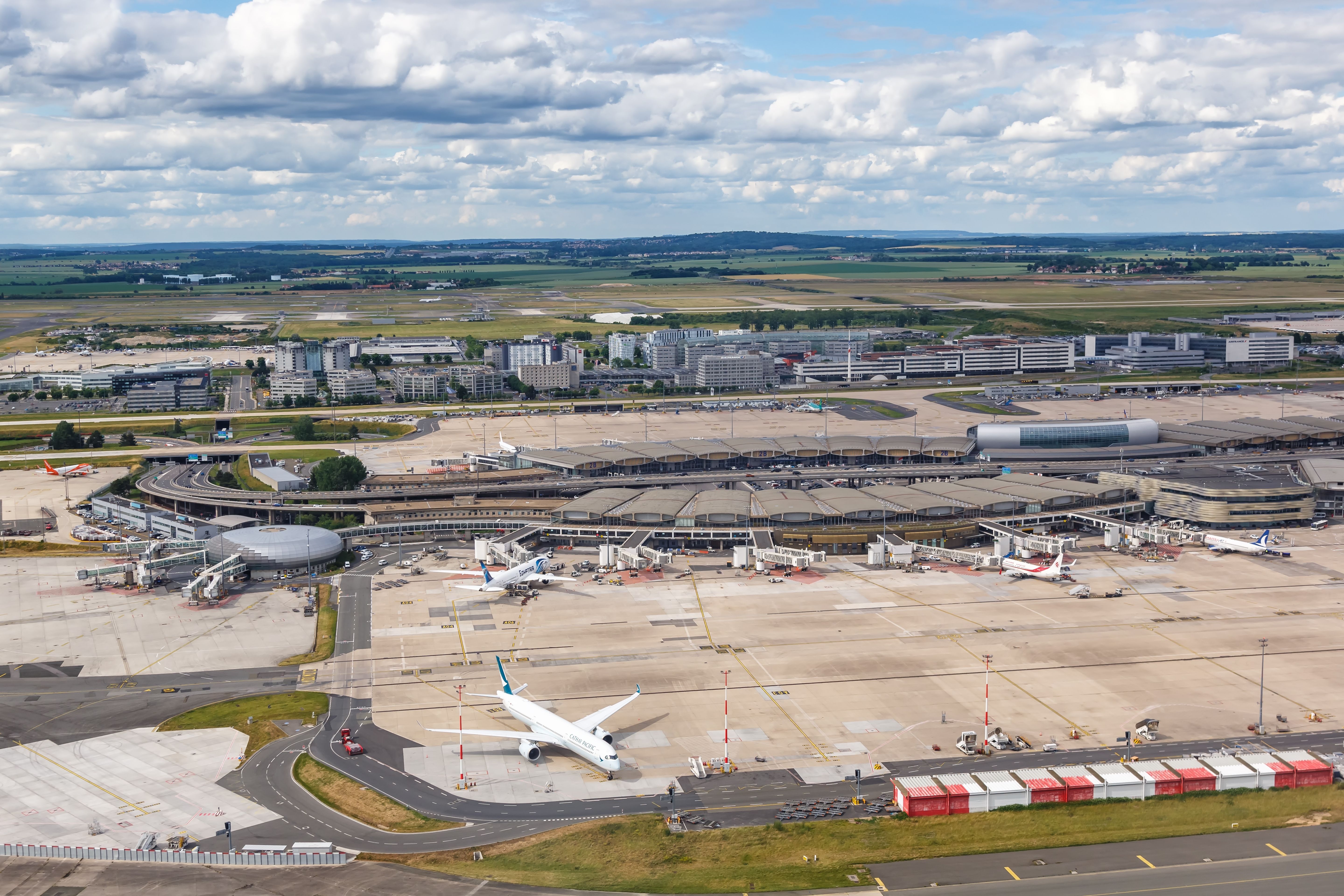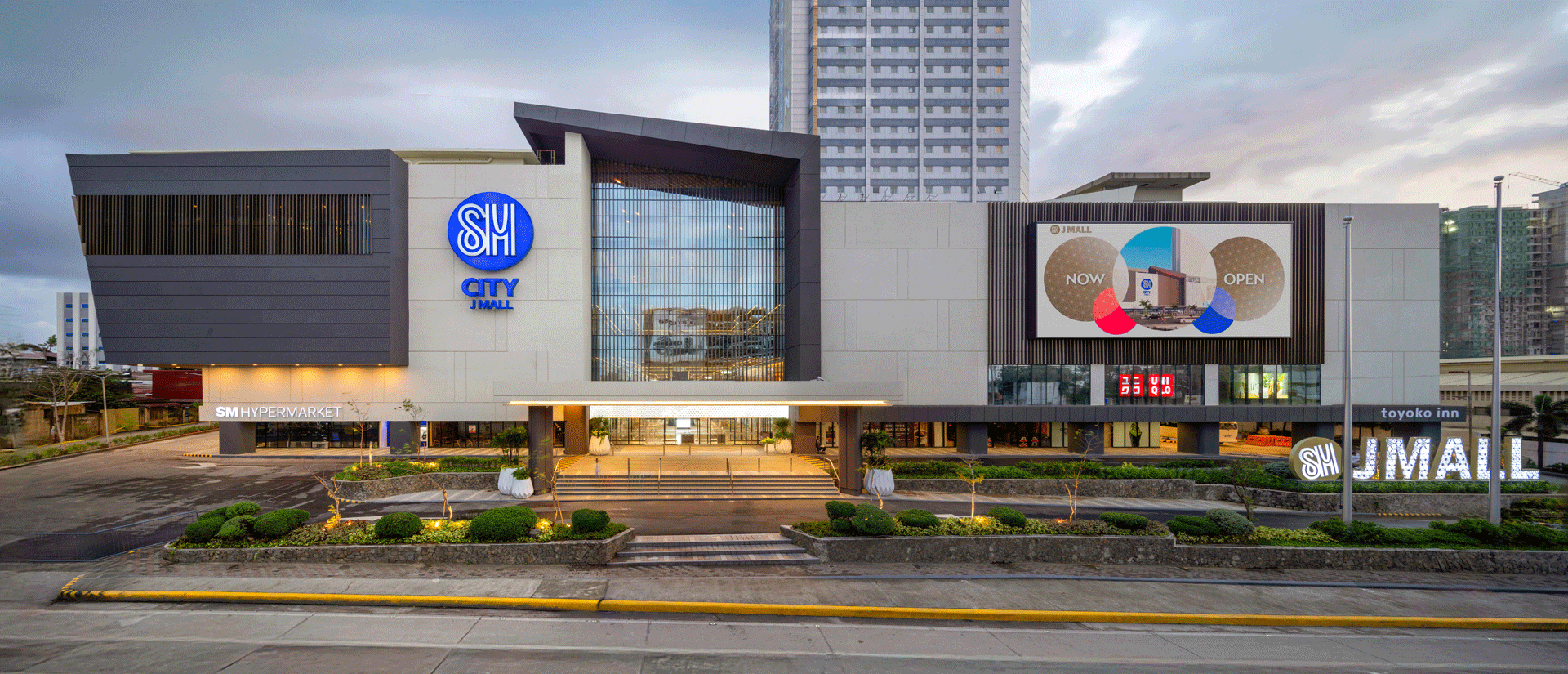Over twenty years ago, passengers and staff at were left stunned when part of the newly inaugurated Terminal 2E suddenly collapsed. Leaving four dead and others injured, the incident led to immediate administrative and judicial inquiries. In the early hours of May 23rd, 2004, a portion of the pier roof near Gate E50 at Terminal 2E at the Paris CDG collapsed on itself, killing four people - two Chinese citizens, one Lebanese, and one Czech - and leaving three others with serious injuries.
Luckily, most of the early morning flights had already departed, so the hall was partly deserted, allowing several people to avoid the fatal incident. According to an article from the , passengers and security personnel reported seeing cracks in the ceiling about five minutes before the collapse. Concrete dust also fell to the ground while cracks were heard.
A 98.4-foot (30-meter) long and 65.6-foot (20-meter) wide section eventually came crashing down.
Authorities immediately issued an evacuation order, while approximately 250 firefighters rushed to the scene. When a building breaks down and collapses for no apparent reason, especially a newly built structure, it's understandably a terrifying experience. Investigators were left to ponder how a facility less than a year old could fail in such a dramatic way.
The ultra-modern terminal, which measured 1,476 ft (450 m) in length, was designed by French architect Paul Andreu, an accomplished airport draftsman. Having also designed the French term.

















